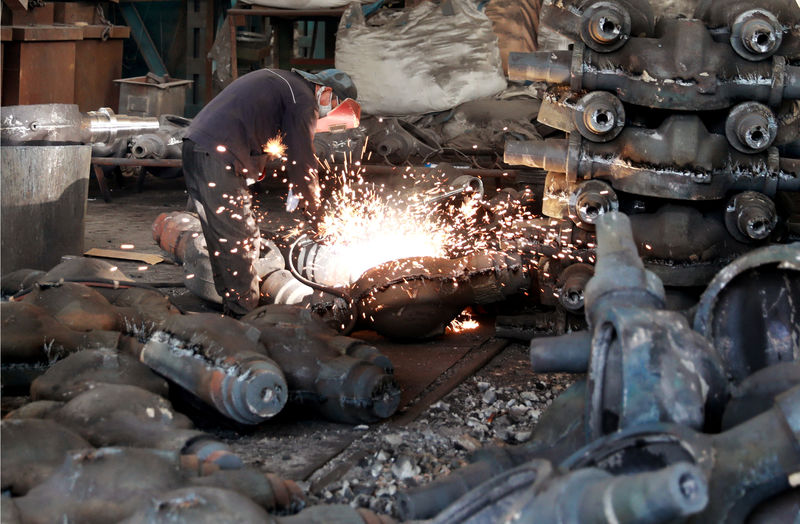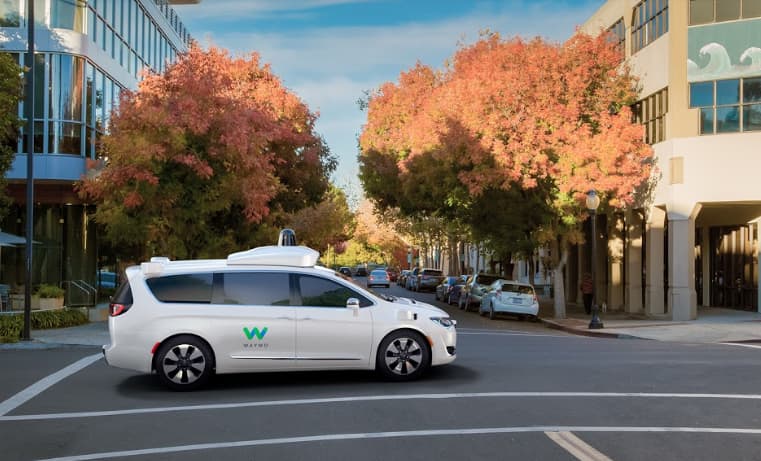Many seniors wind up retiring in the same place they lived during their working years. And if the city or town you lived in throughout your career is filled with amenities, family members, and friends, then you may want to stay put during your golden years. At the same time, relocating in retirement could make for a more relaxed, stress-free lifestyle. Here are a few reasons to consider making a move.
1. You live somewhere with a high cost of living
Some cities are more expensive than others across the board. Often, living in a pricey city gives you access to better jobs and a higher paycheck, but once you stop working, that's no longer a motivating factor to stay. Therefore, if you live someplace where the overall cost of living is high, moving could allow you to better stretch your limited income.

IMAGE SOURCE: GETTY IMAGES.
2. You live in an area with high income or property taxes
High taxes can be a source of financial stress in retirement, even if you live someplace that isn't all that expensive. Though you won't be collecting a paycheck from a full-time job, you'll still have income from Social Security, retirement savings (hopefully), or maybe a part-time job or business. The less tax you pay on that income, the more money you'll have left over to spend.
The same holds true for property taxes. Many seniors enter retirement with their mortgages already paid off, but even if you own your home outright, high property taxes can be brutal when you're on a fixed income. Moving someplace where it's cheaper to own a home could therefore help you better manage your limited income.
3. You live in a state that taxes Social Security
Most states do not impose a tax on Social Security benefits, but there are 13 that do:
- Colorado
- Connecticut
- Kansas
- Minnesota
- Missouri
- Montana
- Nebraska
- New Mexico
- North Dakota
- Rhode Island
- Utah
- Vermont
- West Virginia
The good news is that most of these states also offer exemptions for low-income to middle-income households, so if your retirement income isn't particularly high, you may avoid taxes on your Social Security benefits. The only states that don't offer an exemption at all are Minnesota, North Dakota, Vermont, and West Virginia. Still, it pays to consider moving someplace where you won't have to worry about state taxes on your benefits.
That said, some of the above states may offer a lower cost of living on a whole, so don't let taxes on Social Security benefits be the sole factor that informs your decision. Also, keep in mind that even if you manage to avoid Social Security taxes at the state level, you may be taxed on those benefits at the federal level, especially if they're not your only source of retirement income.
4. You live someplace where you absolutely need a car
Living in a walkable city, or one with public transportation, could save you a significant amount of money during retirement by allowing you to get by without a car. It costs $8,849 a year, on average, to own a vehicle, according to AAA.
Meanwhile, walking is free, and public transportation can be relatively cheap compared to automobile ownership, especially since many cities offer discounts to seniors. Living someplace walkable can also help keep you in shape, thereby saving you some money on healthcare.
Relocating in retirement isn't an easy thing to do. It costs money to pack up your life and move, but if you make that investment, it could make your golden years easier from a financial perspective. And who knows? You may find that your new city offers more activities and social opportunities than you had access to previously.
https://www.fool.com/retirement/2019/09/01/4-reasons-to-relocate-in-retirement.aspx
2019-09-01 10:18:00Z
52780368215006




